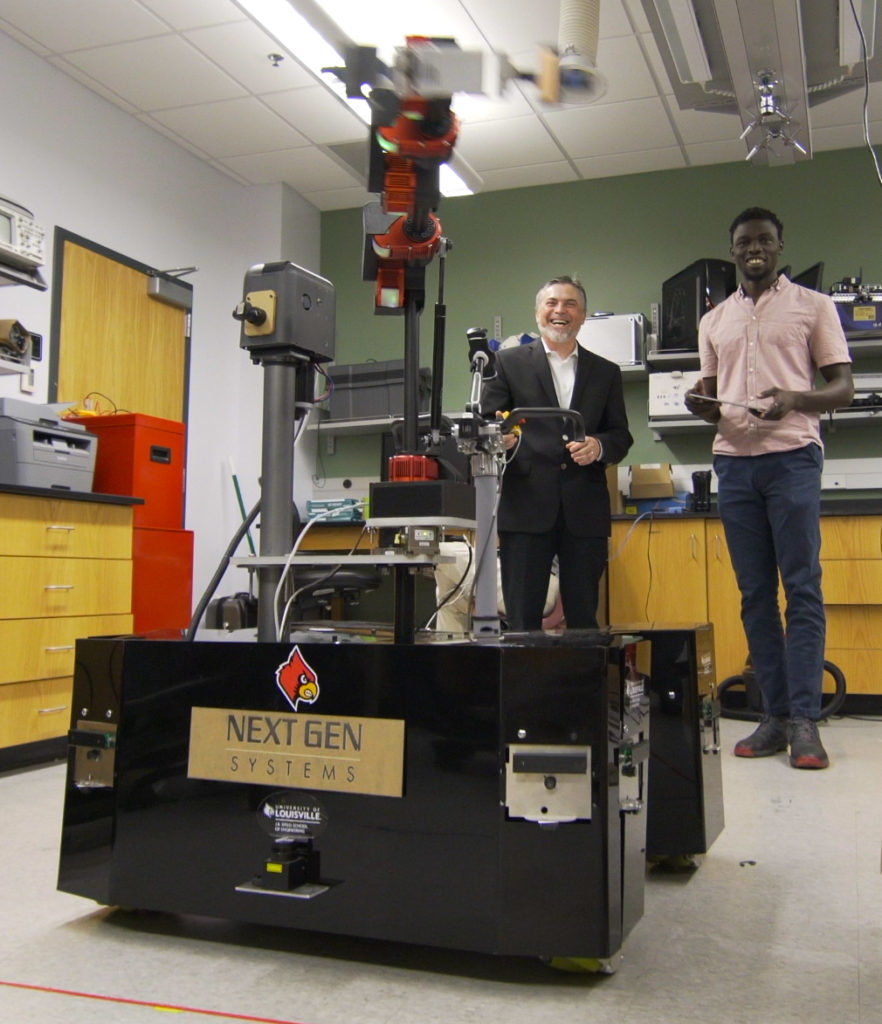Imagine a stretchable and durable sensor patch for monitoring the rehabilitation of patients with elbow or knee injuries, or an unbreakable and reliable wearable device that measures a runner’s cardiac activities during training to prevent life-threatening injuries.
Tag: Flexible Electronics
Accelerating Sustainable Semiconductors With ‘Multielement Ink’
Scientists have demonstrated “multielement ink” – the first “high-entropy” semiconductor that can be processed at low-temperature or room temperature. The new material could enable cost-effective and energy-efficient semiconductor manufacturing.
Simple ballpoint pen can write custom LEDs
Researchers working with Chuan Wang, an associate professor of electrical and systems engineering at the McKelvey School of Engineering at Washington University in St. Louis, have developed ink pens that allow individuals to handwrite flexible, stretchable optoelectronic devices on everyday materials including paper, textiles, rubber, plastics and 3D objects.
Print, Recycle, Repeat: Scientists Demonstrate a Biodegradable Printed Circuit
Scientists have developed a fully recyclable and biodegradable printed circuit. The advance could divert wearable devices and other flexible electronics from landfill, and mitigate the health and environmental hazards posed by heavy metal waste.

Turning streetwear into solar power plants
Researchers at Empa and ETH Zurich succeeded in developing a material that works like a luminescent solar concentrator and can even be applied to textiles. This opens up numerous possibilities for producing energy directly where it is needed, i.e. in the use of everyday electronics.

Sweat science: engineers detect health markers in thread-based, wearable sweat sensors
Engineers at Tufts University have created a first-of-its-kind, flexible electronic sensing patch that can be sewn into clothing to analyze sweat for multiple markers. The patch could be used to to diagnose and monitor acute and chronic health conditions or to monitor athletic performance.

$24 Million Partnership to Advance Next Generation Manufacturing Technologies in Kentucky
The project, Kentucky Advanced Partnership for Enhanced Robotics and Structures (or KAMPERS), will harness the collective research power of 40 multidisciplinary researchers from eight Kentucky universities and colleges. The grant will support the fundamental science needed to advance next generation manufacturing technologies, flexible electronics and robotics.

Aerospace engineer receives grant to make origami structures in space
Xin Ning, assistant professor of aerospace engineering at Penn State, is applying the ancient folding art of origami to reconfigurable, multifunctional materials that could be used to build structures in harsh environments, such as outer space. His work was recently recognized by the Applied Mechanics Division of the American Society of Mechanical Engineers (ASME).

Researchers explore using computer simulations to improve experiments
Penn State chemical engineering researchers recently received a four-year, $1.75 million grant from the National Science Foundation to explore the integration of computer simulations with experiments to quicken the development of new flexible electronics.